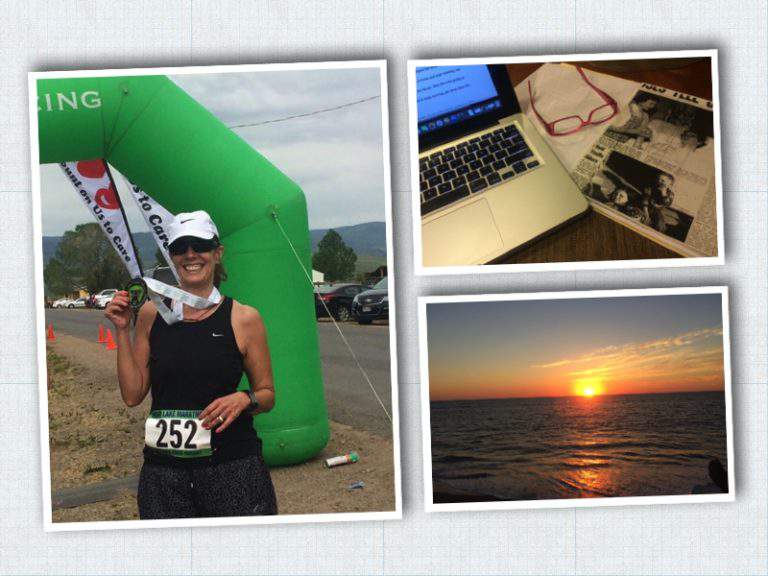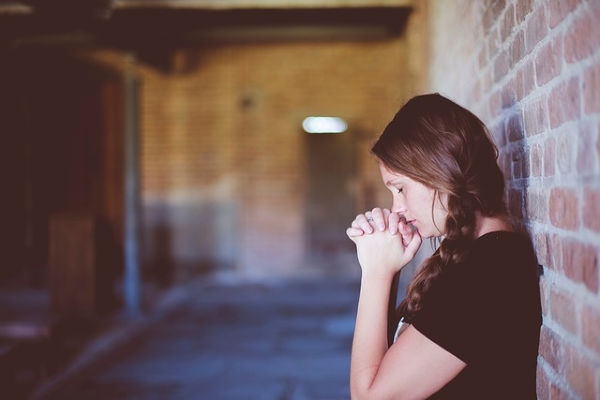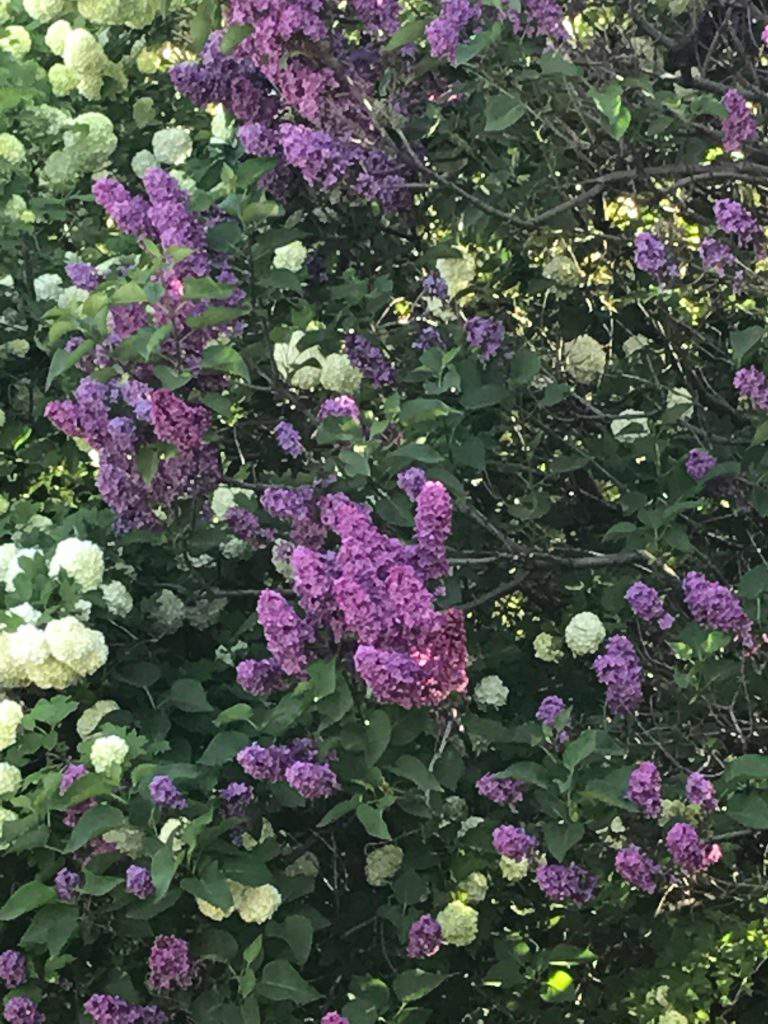Giving up anxiety as a way of life; cultivating calm
In the midst of chaos
When the wind is howling, I hear
The ancient song
Of ones who went before
And know that peace will come
~Susan Stauter
It’s election day and coincidently the day I was scheduled to write about Brene Brown’s next guidepost—cultivating calm and stillness. Whatever your politics, I have a feeling we’re all going to need some calm today.
Often, when times are crazy, I catch myself thinking, “What can I do to keep functioning with this much anxiety?” The better question might be, “How can I feel less anxious?” Of course, we can’t eliminate anxiety from our lives—and still feel anything. But neither does anxiety need to be a lifestyle. Let’s make calm and stillness the norm.
And I’m not being redundant when I say calm and stillness. According to Brene, they are actually two different things:
- Calm is creating perspective and mindfulness while managing emotional reactivity.
- Stillness is quieting your mind and body as a way to feel less anxious and overwhelmed.
Let’s start with being calm then. Calm people bring perspective to complicated situations and feel their feelings without reacting to heightened emotions like fear and anger. They are quick to think but slow to respond. Here’s where deep breathing and counting to 10 helps. When you feel yourself starting to freak out, ask yourself these two questions:
- Do I have enough information to freak out? (The answer is usually no.)
- Will freaking out help? (The answer is always no.)
Brene also suggests identifying in advance the emotions that are most likely to spark reactivity in you and practice calm responses. Rehearse in your mind or in front of the mirror how you could respond calmly in a situation that makes you angry or afraid. Practice makes perfect (or at least progress).
Moving on to stillness. Stillness is not about making your mind blank or focusing on nothing; it’s about opening up a space in all the emotional clutter (busyness) and becoming aware of how you feel and what you think. Stillness can be cultivated through meditation, prayer, or simply making some alone time for quiet reflection. You don’t have to be sitting cross-legged on a mat, eyes closed, and chanting to practice stillness (though that might work for you). You could be taking a quiet walk through the park or coloring or getting a massage. The important thing is to be mindful, in the moment, completely aware and accepting of your physical sensations, your emotions, and your thoughts.
I’ve condensed a whole chapter of The Gifts of Imperfection into these few paragraphs and probably have not done it justice, so I recommend you read the book for yourself. In the meantime, this should get you started:
- Find some alone time today to practice stillness.
- If you start freaking out, ask yourself the two important questions: Do I have enough information? Will freaking out help? Then breathe deep and count to 10 (or 100 or 1,000 or…)
Let me know if it helps or if you have other suggestions for managing and reducing anxiety.








This is very timely advice for me. Thank you for the insight. *Breath* I love you, sis. xoxo For me, it’s also helpful to deal with what needs my attention right then and not overwhelm myself with what will need my attention tomorrow. There is a great Bible verse that says something to the affect of, “sufficient is the day and the evil therein…”
Great advice Heidi. And often just taking one small step–doing something–helps relieve the anxiety.
Great advice!!! I love a hot bath and soothing music…. deep breaths help tons too ☺️
More good advice. Thanks Courtney!
I find rum and diet Dr Pepper help. (As well as working out.)
Hopefully not in that order! 🙂